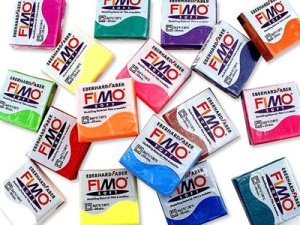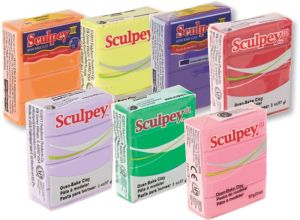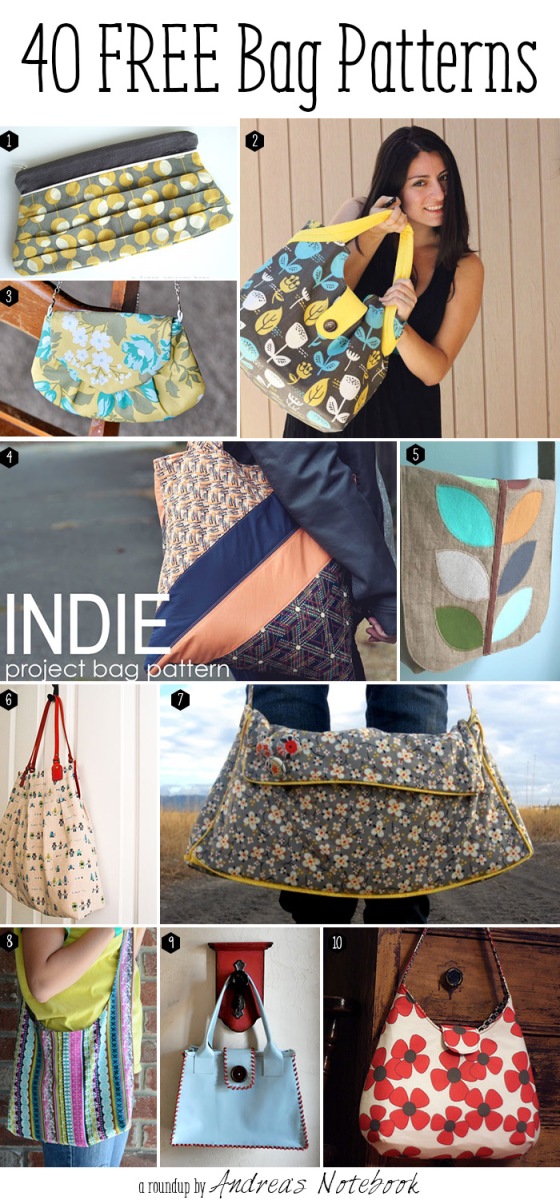I’m planning such a post for a long time now. Finally I started and hopefully this won’t be the last of this kind where I can share some tips and tricks about working with polymer clay.
Working with polymer clay is an interesting hobby. You can make so many things out of it, and that is the main reason why suppliers have a wide range of accessories. You can pay fortunes to buy everything they advise you to have before you start! So my first advice is: don’t buy everything in the beginning AND don’t buy anything before you don’t feel the need. And remember: your best tool will always be your hand!
Where to start? It’s simple: browse the internet! Don’t pay for expensive tutorials and books and descriptions. My method is looking it up on Google and YouTube! You can get a great inspiration and useful ideas there. But.as always: no matter if you get started by reading a book, browsing the web, watching videos, you will have to find out for yourself what tricks and things are good for you.
Of course, as a very first step you will need clay. There are many types, all of them is just perfect and you only have to read the instructions ont he package about how to use it, how to burn it and how it should be handled.
Keep the safety instructions: don’t eat it, don’t let children eat it, wash hands after working with clay and when you burn it, avoid inhaling the air coming out of the oven when you open it.
Here are some clay types I tried:
Fimo

Sculpey

Cernit

Fimo is the one that worked for me and a wide range of colors and types are available in my area, so I personally stick to that. Fimo has Classic, Soft and Effect. Classic is a harder one, Soft is obivously a softer texture and Effect, as its name shows, has an effect in it: glitter, stone-like, neon, etc.
To use clay you have to condition it first. The best tool for that are your hands. You make the clay smooth and soft mainly with the warmth of your hands.
Here are some useful tips about conditioning clay: http://www.polypediaonline.com/133688/Polymer-Clay-Conditioning
When your clay is ready, you can start the work.
Some real basic tools you will need:
something to protect your surface – The plasticizer in unfired clay can be harmful to wood finishes, and it eats into some kinds of plastic. The most common use is piece of glass or a ceramic tile, but a plastic plate pad – I bought mine in Ikea very cheap. It’s plastic, so it gets used after a while, but since it costs about $1, it’s not a big investment to change it every now and then.
a blade – you don’t need the most expensive one they offer exclusively for working with clay. I started with a pizza slicer :), then a scalpel and a blade from a cutter. The important thing is for your tool to be sharp, so that you can cut the clay nice and straight.
roller – it helps you roll your clay; again, don’t buy the expensive one, a simple plastic or glass roller is also great. I’ve seen some tutorials where they used a glass vase, cylindric shape.
And from here on, the list is endless. You can buy a pasta machine to roll your clay more professionally, buy all kinds of shape cutters to cut out shapes from your clay, you can get carving tools of all types, texture sheets and stamps, molds, waxing and coating pastes and liquids ( I still often use a simple transparent nail polish to give a shiny coat to my pieces). My only advice regarding this matter is: think twice before you buy and when you think about how you would use it, also wonder how else you could get to the same result. You can find many useful things in your kitchen or tool box, but even if you don’t find the right thing at home, visit a hardware store and/or a kitchen tools supplier first. It’s important though: tools you use for clay, never use in the kitchen again – no matter how well you wash it!














